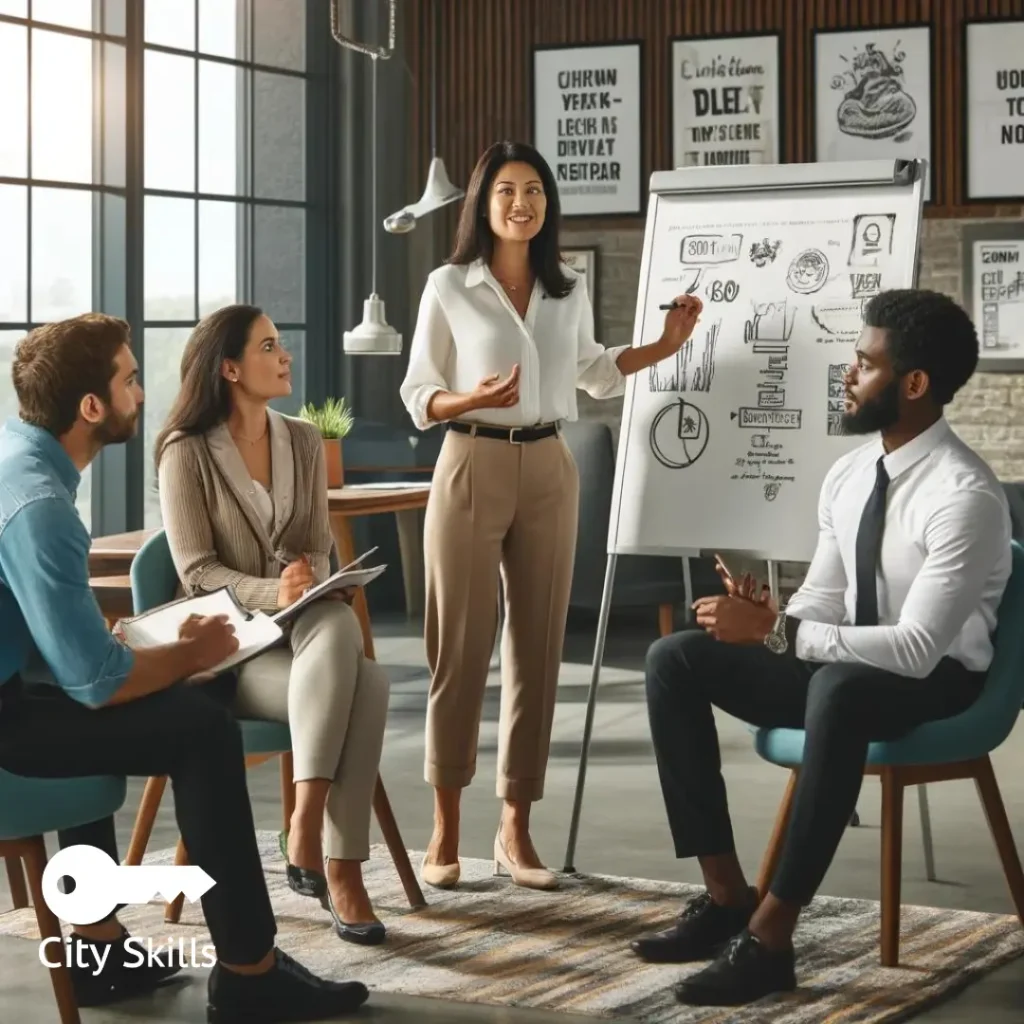
Reimagining the DWP: A Call for Transformation and Collaboration

Is it Time for a Game Changer in Our Approach to DWP?
Grab your favourite cuppa and settle in because I want to chat about something that’s been buzzing in the air: the potential shift in our Department for Work and Pensions (DWP). This isn’t just a standard bureaucratic shuffle; it’s a golden opportunity to turn a long-standing ship around. Are we ready for a change that really matters? I certainly think we are.
Why Change is Essential
Now, let’s talk about reality. The DWP has faced its fair share of criticism over the years. Long waiting times, complex processes, and a general lack of communication have left many feeling frustrated. But instead of wallowing in these challenges, we can harness them as a springboard for innovation.
Let’s be honest: we’ve all had our woes trying to navigate the system. But what if the DWP could be a beacon of support rather than a maze of red tape? The exciting possibilities for a revamped DWP could have a monumental impact on those who rely on its services.
Imagine a User-Centric DWP
The first step in this reimagining journey is a user-centric approach. This is all about putting people first, ensuring that their needs and experiences are at the forefront of service delivery. For far too long, we’ve seen the DWP operate like a monolith. It’s time to break down those barriers and truly listen to the people it serves. Could community input fundamentally shift how we deliver these essential services? I believe it could.
Think about how many individuals and families depend on timely support. A more personal approach would help mitigate stress and ensure that the right assistance is available when needed. This means better training for staff and perhaps even a focus group involving real beneficiaries to ensure their experiences shape the services they receive.
Streamlining Processes and Cutting Red Tape
Next up is the need for streamlined processes. How often have you found yourself lost in a sea of paperwork or waiting endlessly for approval? It’s time to cut through that red tape and make the system work for the people. Technology can play a huge role here. Imagine online platforms that simplify applications and reduce waiting periods. In an age where everything is just a click away, should our DWP not keep pace?
We should also consider the option of mobile applications that allow individuals to access support directly from their phones. It’s 2023, after all! It’s about empowering people to navigate their rights easily and providing updates that keep them in the loop. Openness and transparency would build trust and encourage more individuals to engage with the support on offer.
Collaboration is Key
Finally, let’s discuss the magic of collaboration. The DWP shouldn’t operate in isolation. Local initiatives and community organisations are often at the heart of delivering support that meets real-world needs. By fostering collaboration, we not only strengthen the safety net but also build a network of resources that can address challenges holistically.
Local councils, charities, and community groups can complement the DWP’s work, ensuring that individuals receive the diverse support they need. After all, we achieve more when we work together. As someone who has always found strength in collaboration, I truly believe this could be the cornerstone for a more effective DWP.
Conclusion: A Call for Action
As we stand on the cusp of this potential transition, the question remains: how can we ensure that changes lead to tangible benefits for everyone involved? Let’s not just watch and wait. It’s time for each of us to raise our voices and advocate for these necessary changes. What do you think can be done to support this transformation?
Remember, every small step counts. It’s not just about hope; it’s about taking action together. So, let’s put our heads together and reimagine what the DWP can be. I’d love to hear your thoughts on how we can create real change.
So, what’s your vision for a better DWP? Let’s start the conversation.



